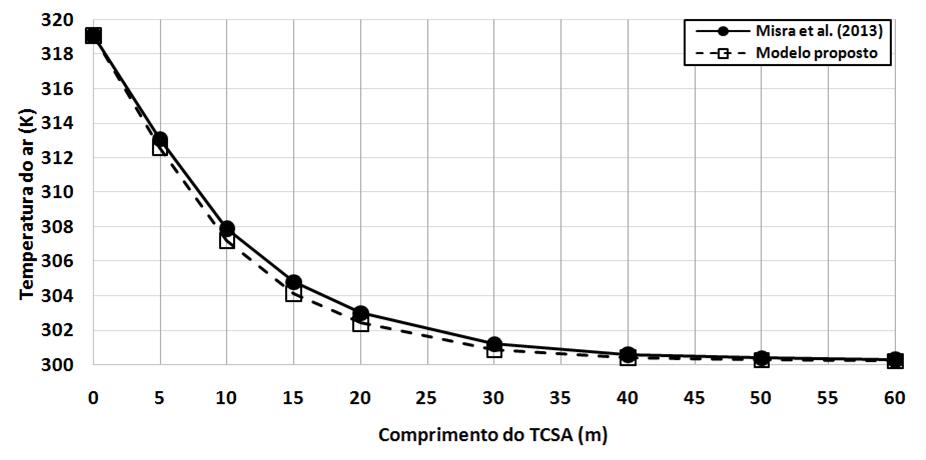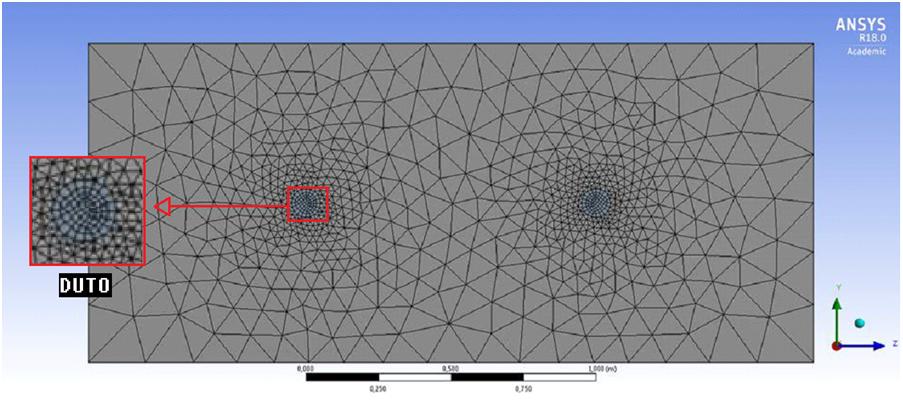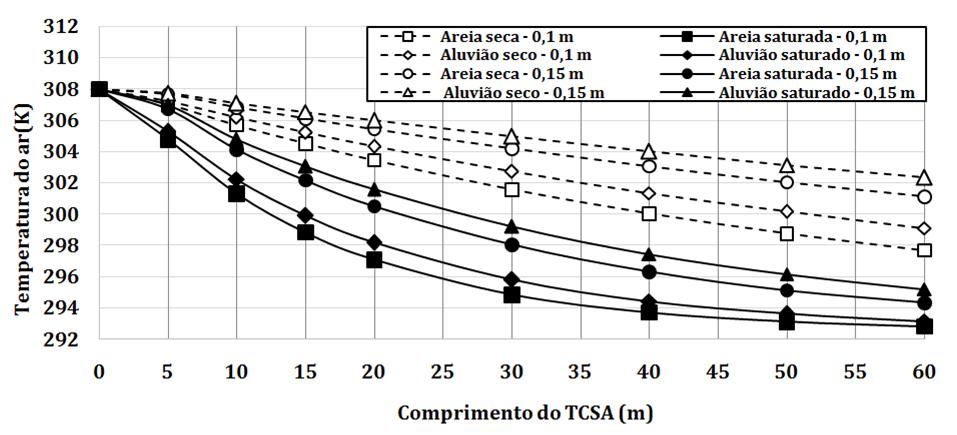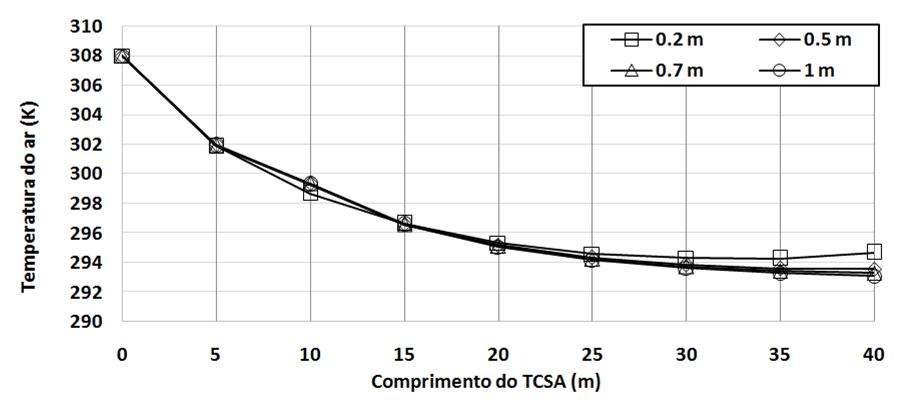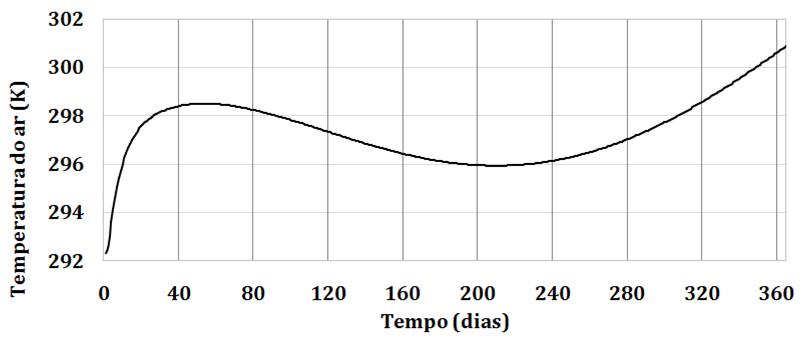Abstract
The use of soil as an energy source is aimed at reducingenergy consumption in buildings resulting from the use of heating, ventilation, and air conditioning equipment. Due to its high thermal capacity, soil acts as a thermal reservoir, heating or cooling the air inside buildings, depending on the localclimate conditions. In thisstudy, the finite volume method was used to analyse the thermal performance of this type of earth-airheat exchanger (EAHE). Initially, the effects of soil thermal properties, air velocity, and duct diameter on the thermal performance of the EAHE were investigated under steadystate, as it is a limit condition. In addition, two configurations for the duct distribution in the soil (two and four steps) were analysed. The resultsshowed that the best performance for the EAHE was obtained using saturated soil and operating with an air velocity of 2.5 m/s in a duct with a 0.10 m diameter, and that a 0.5 m distance between the duct’s center lines was the most appropriate. In addition, simulations were performed intransient state, applyingclimate conditions through sinusoidal functions.
Keywords:
Soil-air heat exchanger; Passive air-conditioning; Energy efficiency

 Thumbnail
Thumbnail
 Thumbnail
Thumbnail
 Thumbnail
Thumbnail
 Thumbnail
Thumbnail
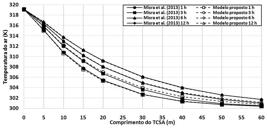 Thumbnail
Thumbnail
 Thumbnail
Thumbnail
 Thumbnail
Thumbnail
 Thumbnail
Thumbnail
 Thumbnail
Thumbnail
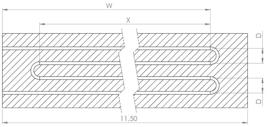 Thumbnail
Thumbnail
 Thumbnail
Thumbnail
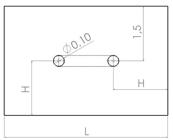 Thumbnail
Thumbnail
 Thumbnail
Thumbnail
 Thumbnail
Thumbnail
 Thumbnail
Thumbnail
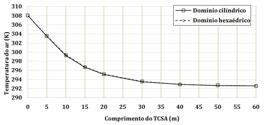 Thumbnail
Thumbnail
 Thumbnail
Thumbnail
 Thumbnail
Thumbnail
 Thumbnail
Thumbnail
 Thumbnail
Thumbnail
 Thumbnail
Thumbnail
 Thumbnail
Thumbnail
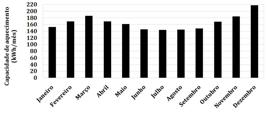 Thumbnail
Thumbnail
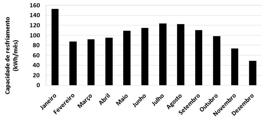 Thumbnail
Thumbnail
 Fonte: adaptada de
Fonte: adaptada de 

